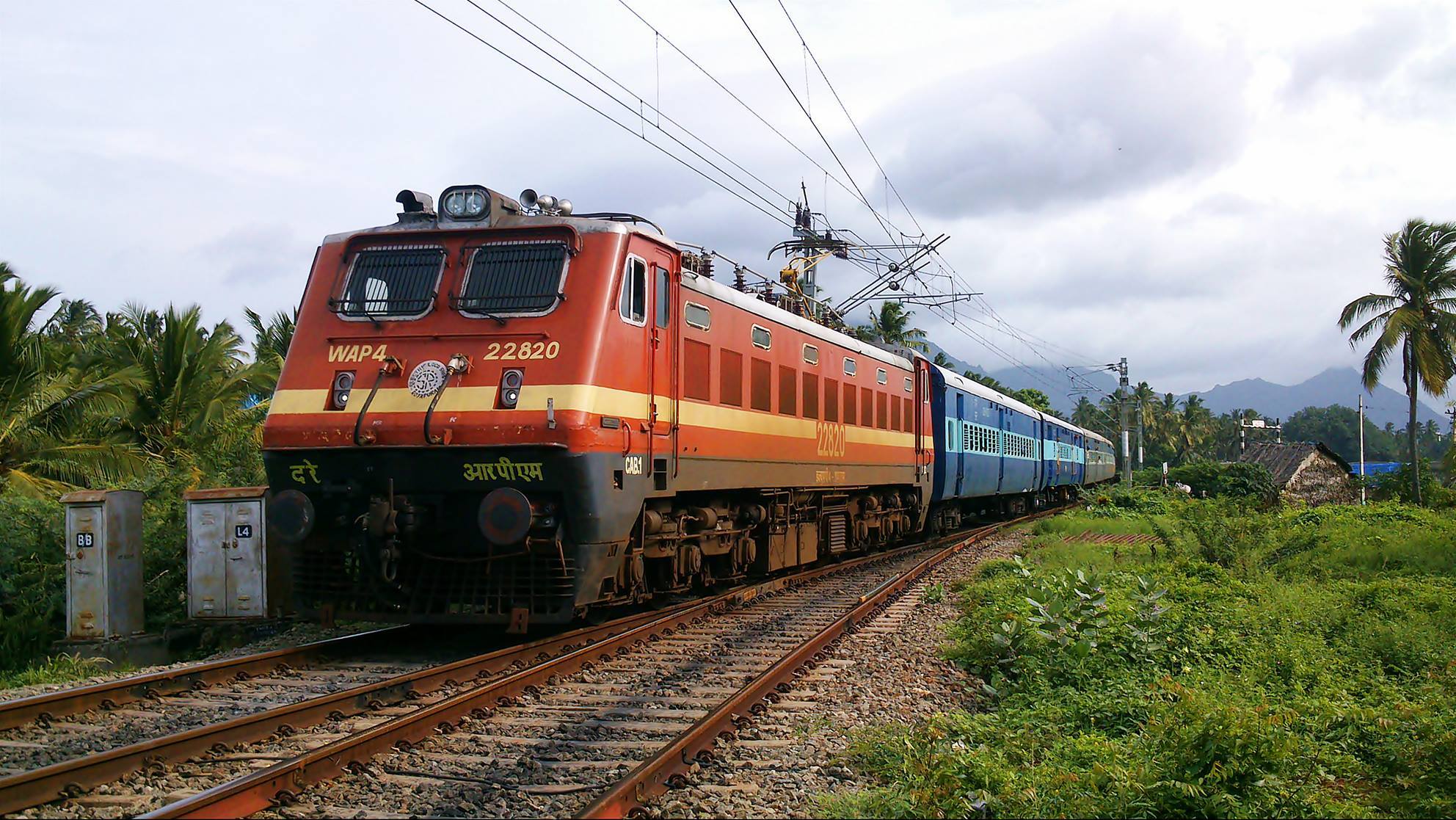


Boasting the world’s fourth-largest railway network, Indian railways span over 68,000 km and connect more than 8,000 stations. It serves both passenger and freight transportation needs across diverse regions of the country. Every day, approximately 1.3 crore passengers travel by train, benefiting from various classes of travel tailored to different socio-economic backgrounds. Moreover, Indian Railways plays a pivotal role in the movement of goods, carrying nearly 30 lakh tons of freight daily and supporting trade and industrial activities. In FY 2022-23, Indian Railways achieved a record freight loading of 1,512 MT.
Over the last few years, the Indian government introduced several steps to revolutionise rail transportation in India. Apart from the introduction of new trains, high-speed rails were incorporated into the system to facilitate passenger travel. Introduction of foreign direct investment in the government-controlled entity, public-private partnership modes of investment for capital expenditure, capacity expansion and better service delivery, international collaborations to improve safety mechanisms and the installation of world-class technology have added to the efficiency and effectiveness of the vast railway network. As a result of the above and many other measures, the number of accidents per million train kilometres, a gauge of safety, fell from 0.10 in 2013-14 to 0.03 in fiscal 2021-22. In 2017-18, the government also introduced a 1-trillion-rupee five-year safety fund to streamline the introduction of safety measures using technological extensions. The fund received a five-year extension from 2022-23, with an additional 450 billion rupees of funding, after the first plan led to an “overall improvement in safety indicators”. The Union Budget 2023-24 recorded the highest-ever allocation to the national transporter, a capital outlay of Rs 2.4 lakh crore. Apart from capacity expansion and the addition of new routes and coaches, there is a need to ensure that a reasonable chunk of this goes into improving the existing infrastructure with adequate technological interventions.